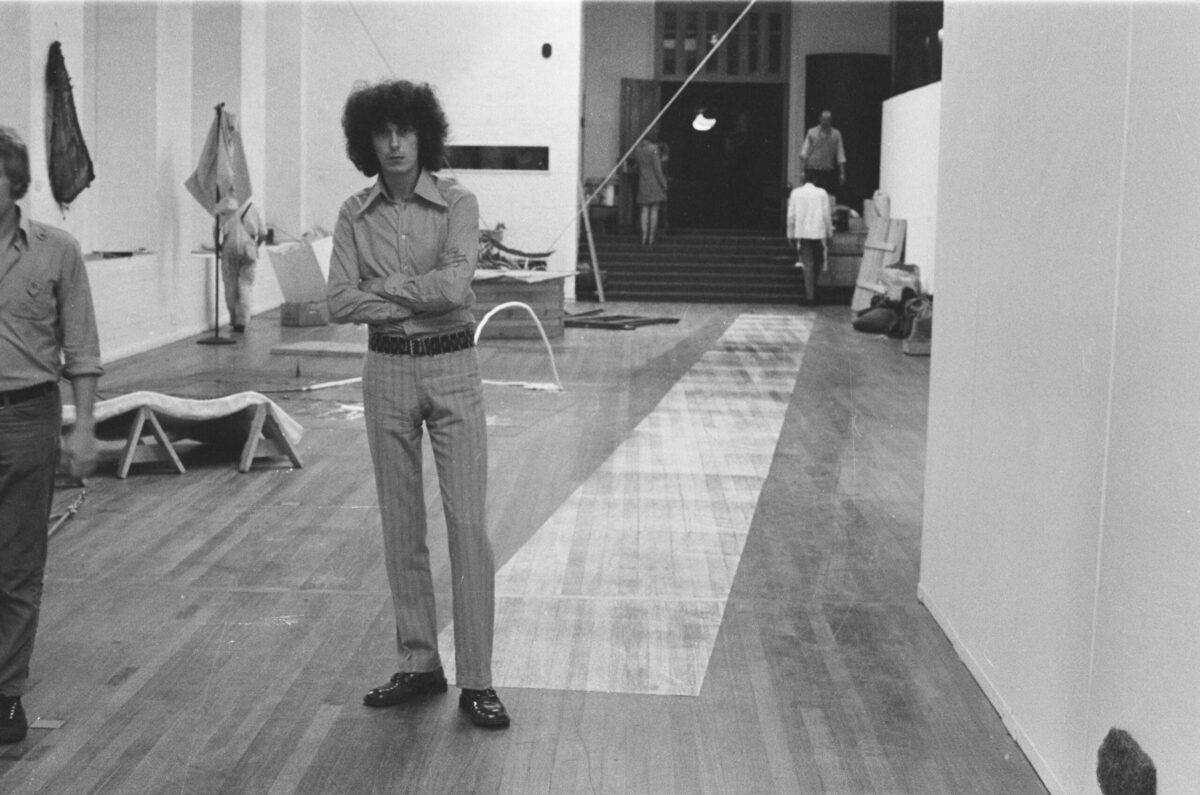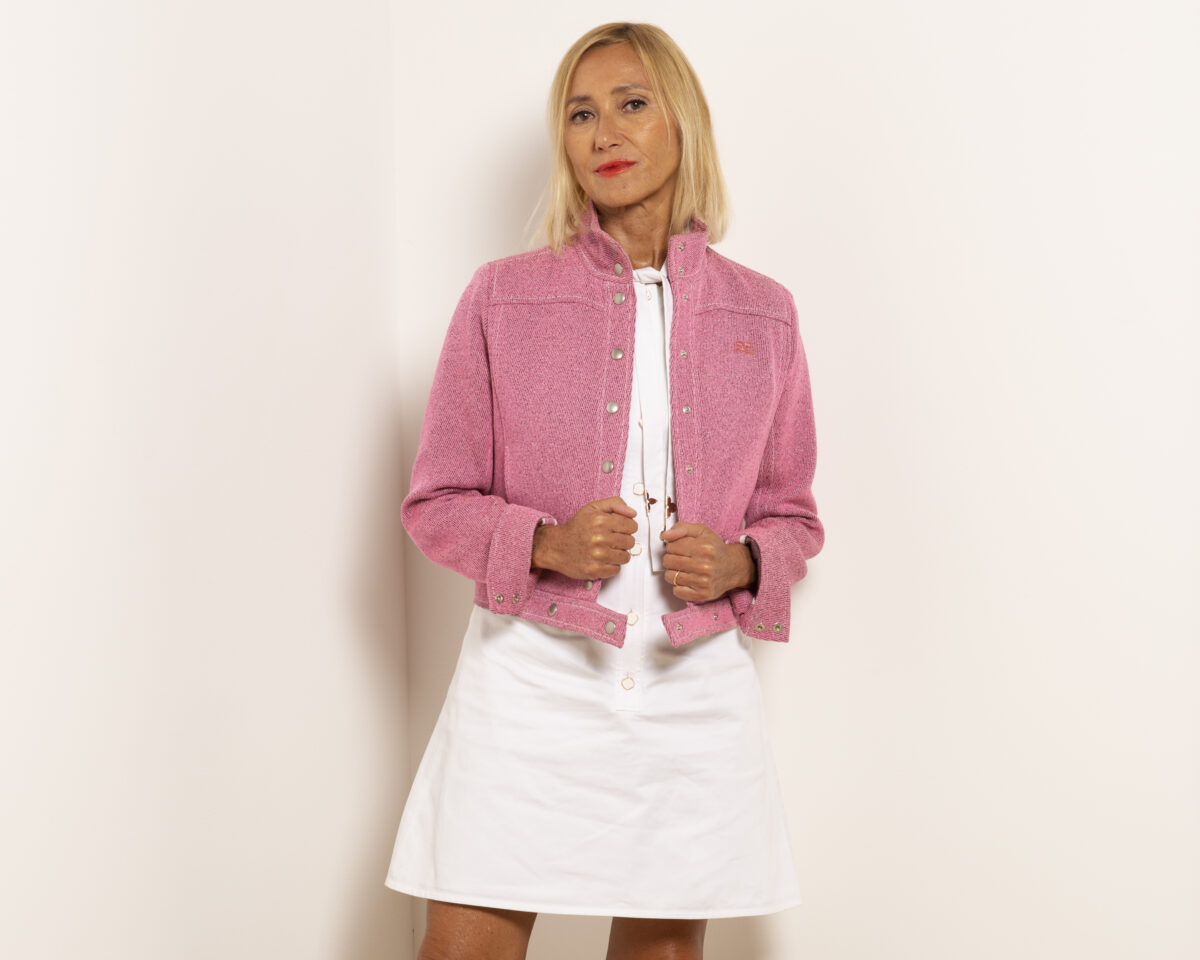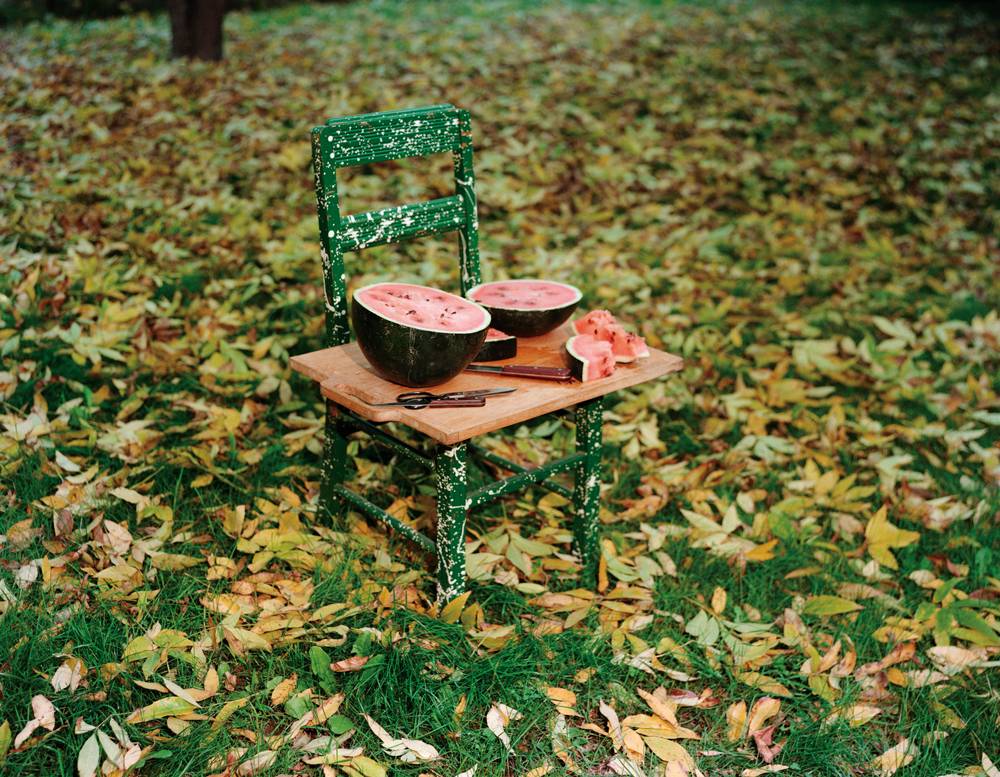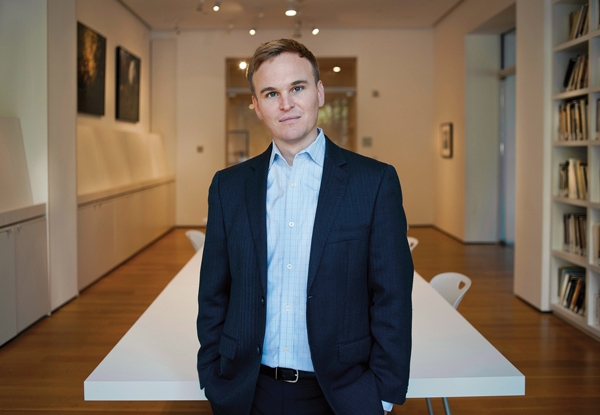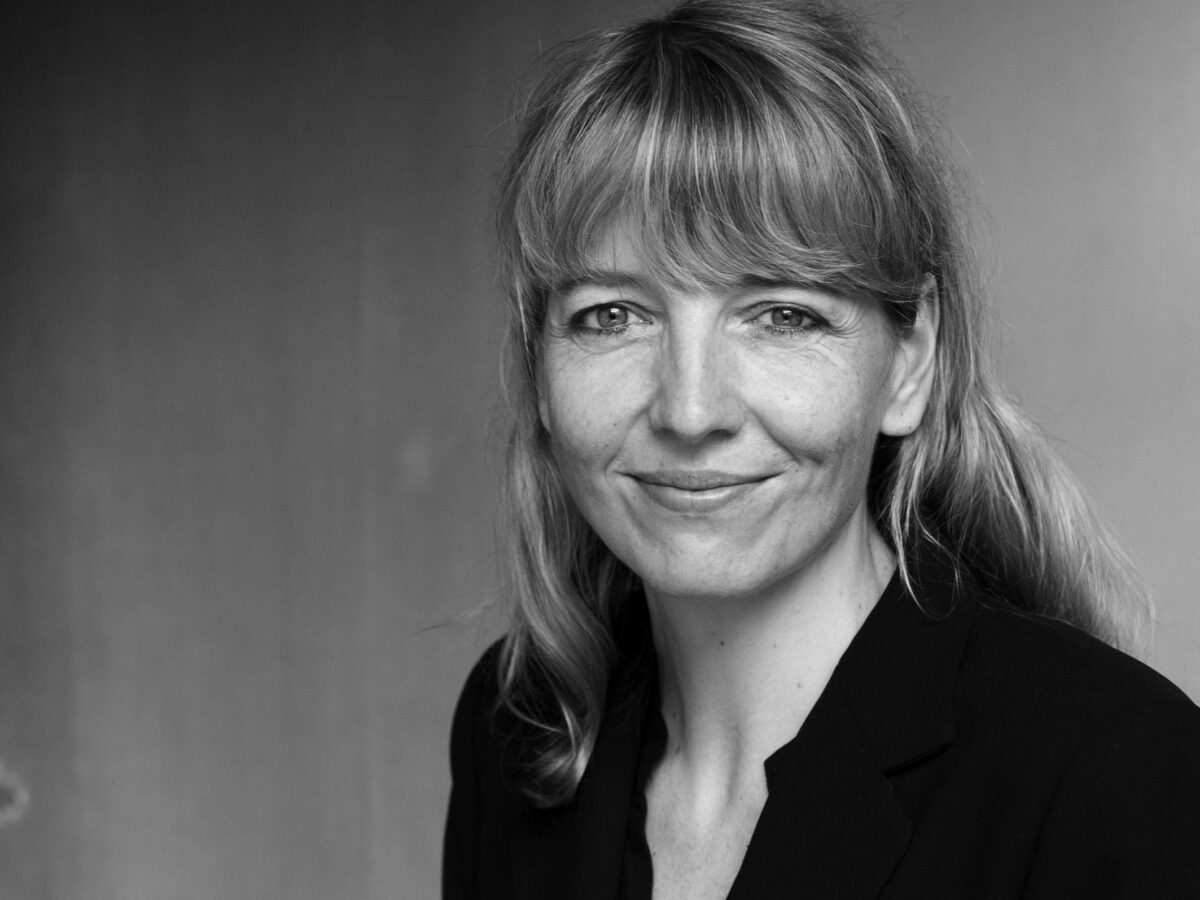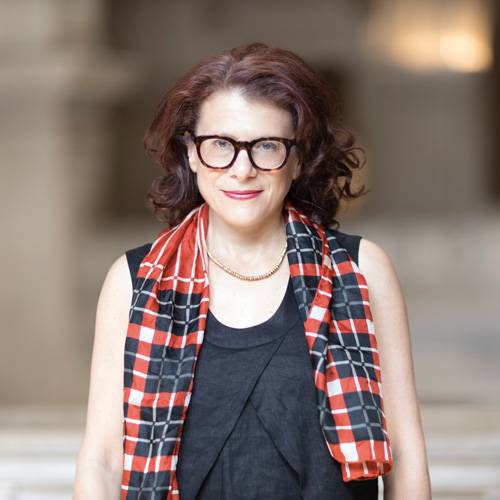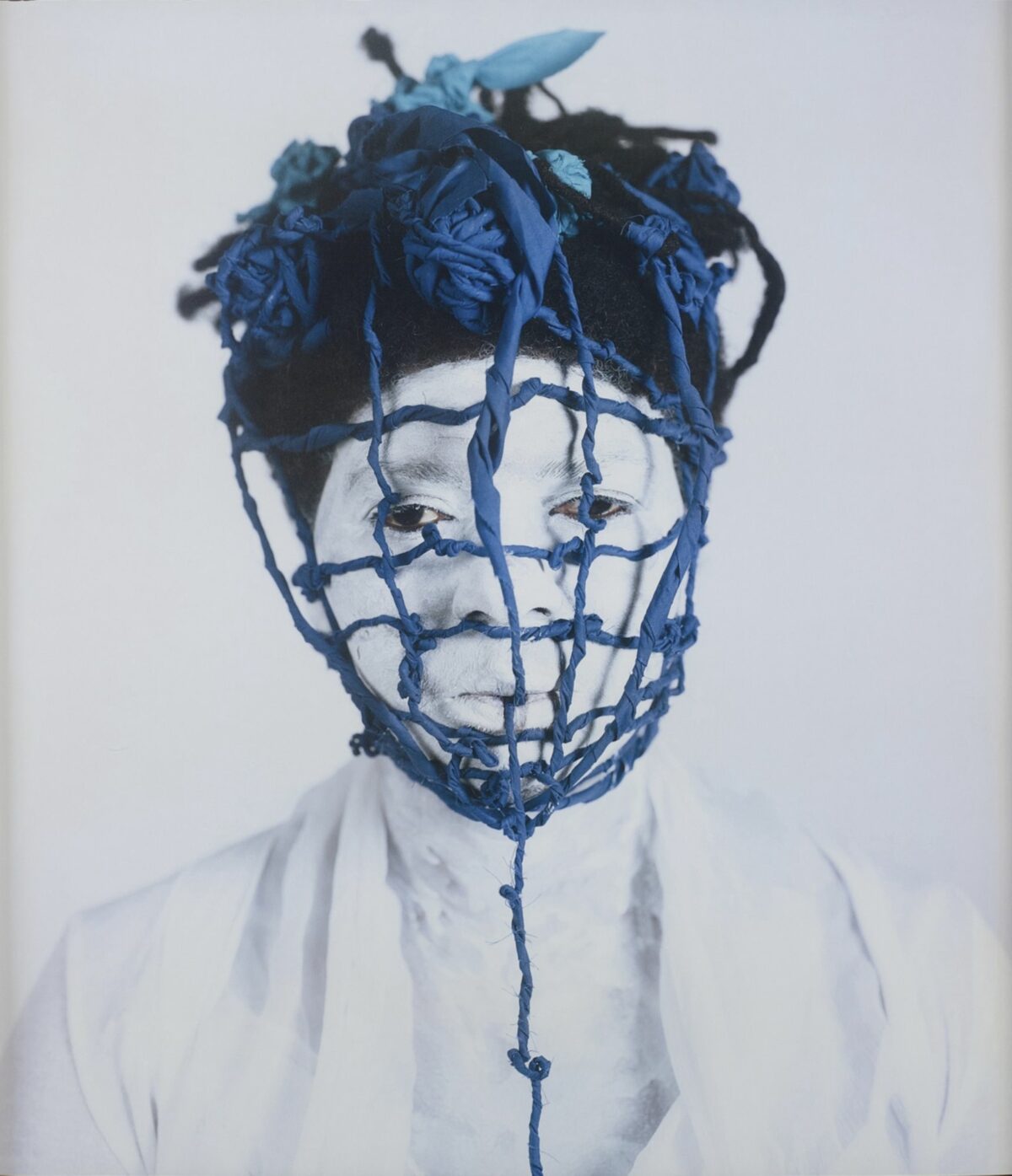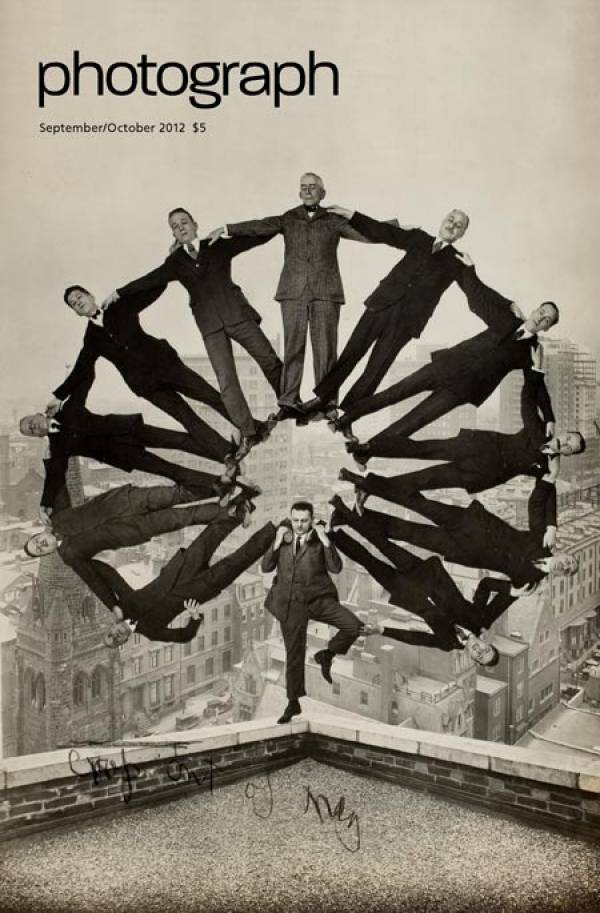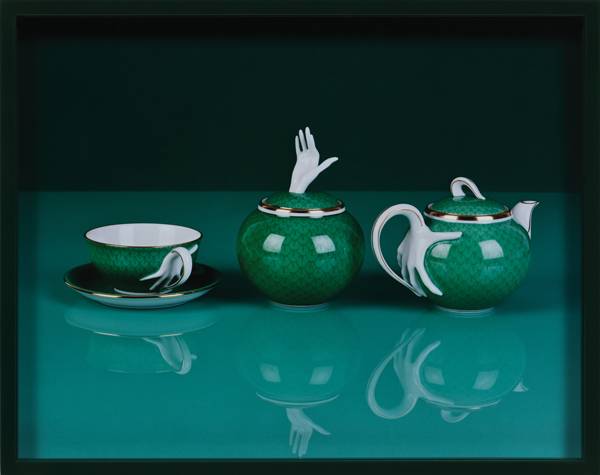

The dark-haired woman in Barbara Probst’s Exposure 87 wears red and has delicate features. She appears in a triptych of images, posed in front of big pictures of the movies stars Monica Vitti and Daniel Craig. She’s seen from different angles but in the exact same charming pose, because Probst made the images using multiple cameras, all fired at once. Exposure 87 appears in Perfect Likeness: Photography and Composition on view through September 13. As the title suggests, the show’s thesis hinges on the idea of composition. “We are glutted with images,” writes curator Russell Ferguson in his exhibition essay, and the photographers he’s assembled distinguish themselves from the glut by taking “responsibility for every detail.”
These “responsibility takers” are largely the usual suspects, photographers we’ve heard of. The show includes a fantastic and gritty sink photograph by Jeff Wall; a dead-on 1990s portrait by Thomas Ruff; a wide-open landscape by Andreas Gursky; a black-and-white still life by Hiroshi Sugimoto. These images still pack their polished punch, but the show’s thesis might have been more stirring if it incorporated more under-sung photographers.
This is only one way in which diversity is lacking. Sugimoto is one of three non-white artists in a show that includes 26 individuals, only six of whom are female. Such numbers shouldn’t be terribly surprising, given that composition is a formal concern and, in art, formalism has frequently been the territory of those who do not feel a visceral need to question or complicate any smooth kind of representation. Nikki S. Lee or Carrie Mae Weems, for instance, wouldn’t make sense in this exhibition. They’re not precise enough, too distracted by the politics of looking and being looked at to make an image as imperviously, gorgeously stylized as Elad Lassry’s Melocco, a self-contained photograph of a shiny green china set.
Ultimately, perhaps, it’s the classical definition of “composed” that keeps the show feeling so controlled. The images in it, consistently balanced and smartly lit, adhere to the traditional compositional strategy known as the “golden ratio” surprisingly often. Open up the definition of “composed” and the range of the artists doing relevant work would likely expand, too, making for a livelier conversation with ripples outside the established art world’s too-white, too-male center.

